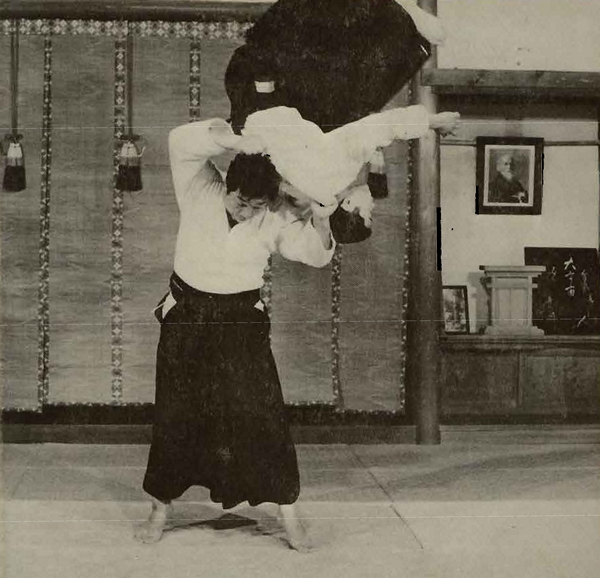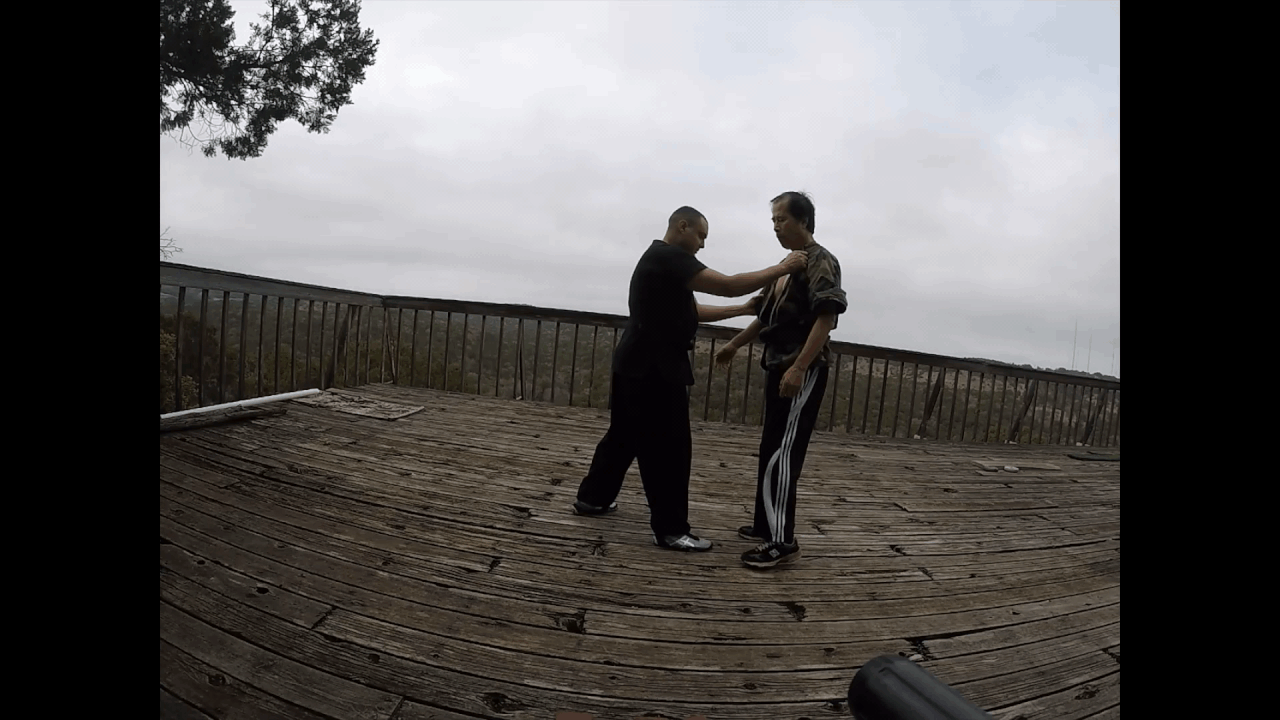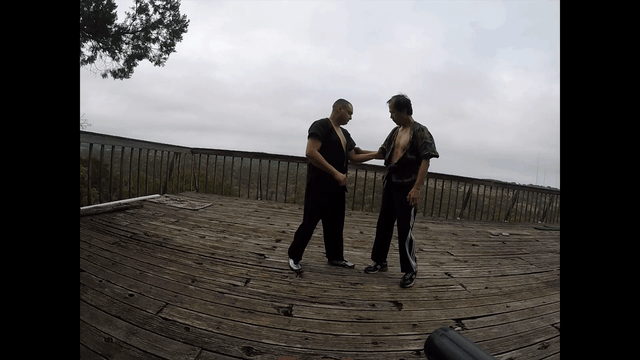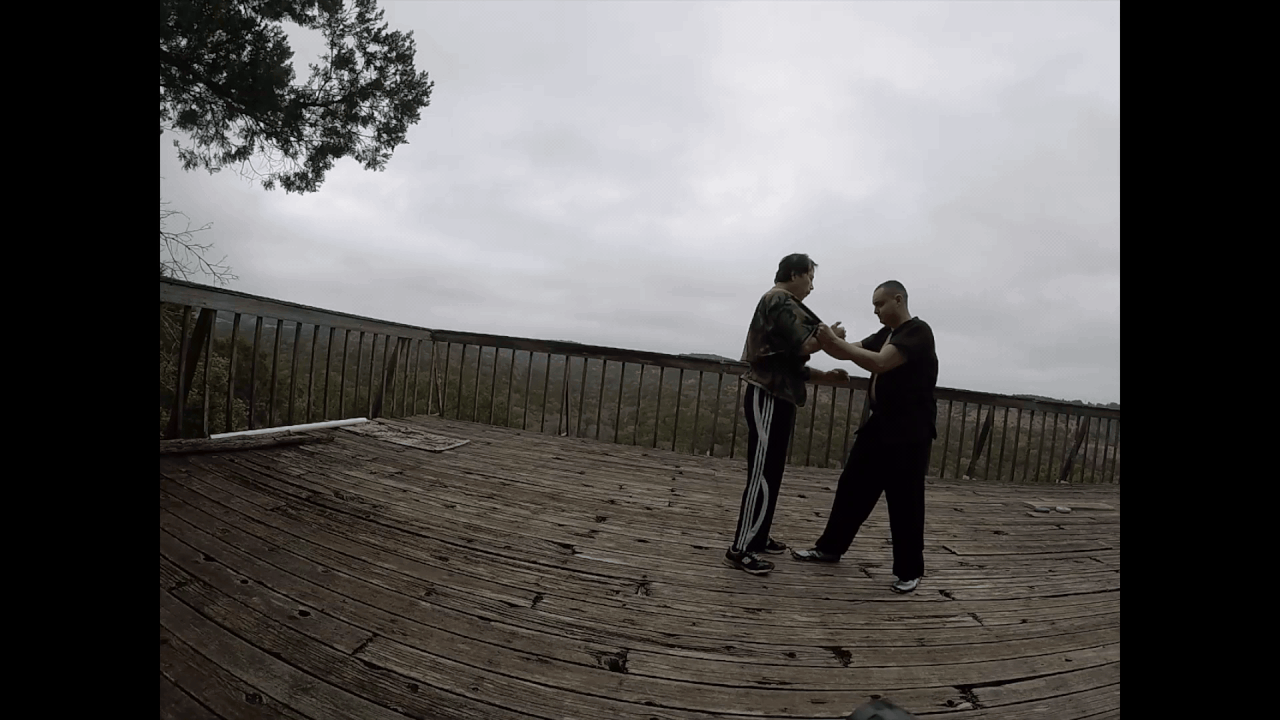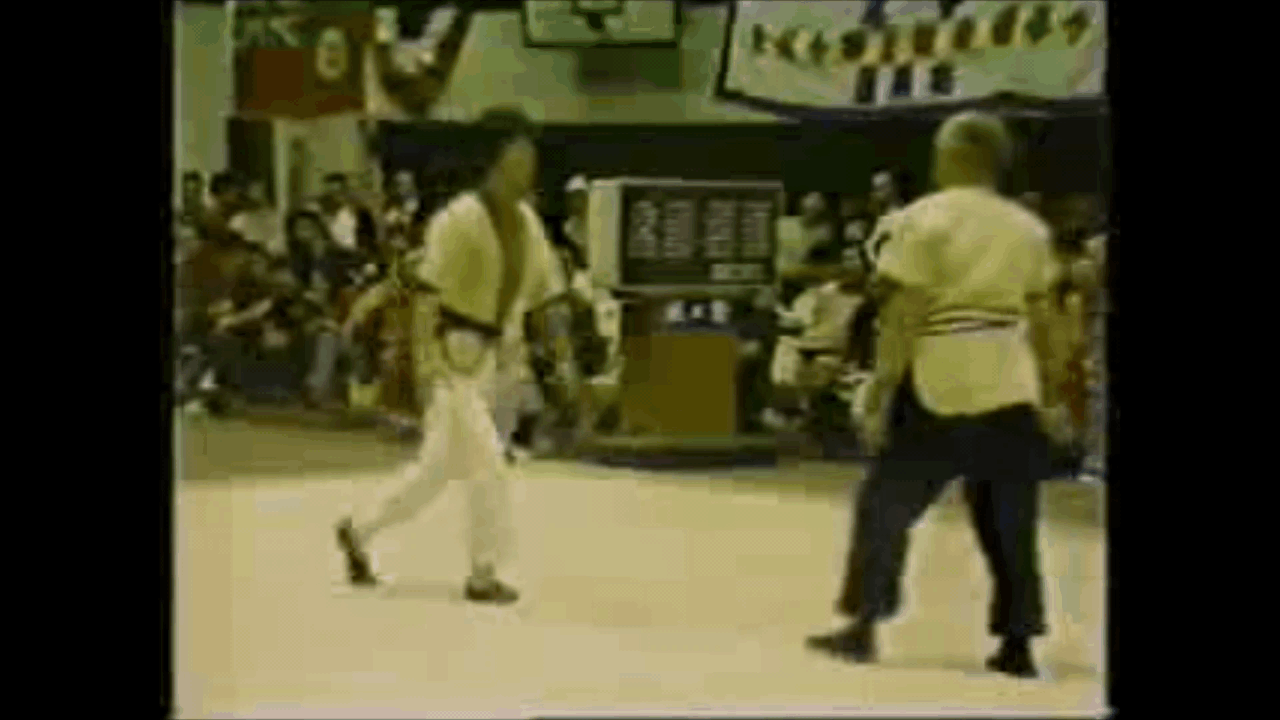Xue Sheng
All weight is underside

“In Aikido we never attack. An attack is proof that one is out of control. Never run away from any kind of challenge, but do not try to suppress or control an opponent unnaturally. Let attackers come any way they like and then blend with them. Never chase after opponents. Redirect each attack and get firmly behind it.”
― Morihei Ueshiba
“In the art of peace, a single cut of the sword summons up the wondrous powers of the universe. That one sword links the past, present, and future; it absorbs the universe. Time and space disappear. All of creation, from the distant past to the present moment, lives in the sword. All human existence flourishes right here in the sword you hold in your hands. You are now prepared for anything that may arise.”
― Morihei Ueshiba, The Art of Peace

